The State Bank of Pakistan (SBP) is likely to keep the policy rate unchanged at 11% in its upcoming monetary policy meeting for October 2025, according to a market preview by Arif Habib Limited (AHL). The decision is expected amid rising inflation, a widening trade deficit, and the early stage of domestic economic recovery.
AHL noted that headline inflation rose sharply from 3.0% in August to 5.6% in September 2025, primarily due to flood-related disruptions to food supplies. As a result, the FY26 inflation average is projected to exceed 7%, slightly above the SBP’s 5–7% target range. Core inflation, however, remained steady at 7.3%, indicating contained underlying price pressures.
On the external front, AHL said the Pakistani rupee has appreciated 0.9% in FY26 to date, supported by stronger foreign inflows, improved credit ratings, and steady progress under the IMF program. Nonetheless, it warned that pressure could reemerge as trade flows shift in the coming months.
Citing data from the Pakistan Bureau of Statistics (PBS), AHL reported that the trade deficit widened to USD 3.4 billion in September 2025, as exports fell 11.9% year-on-year to USD 2.5 billion while imports increased 15.2% year-on-year to USD 5.9 billion. On a monthly basis, exports rose 3.4%, while imports grew 11.6%.
Cumulatively, during the first quarter of FY26, the trade deficit expanded 33.8% year-on-year to USD 9.4 billion, indicating that the current account deficit could rise in September compared to recent months. Remittance inflows provided some relief, totaling USD 3.2 billion in September 2025, up 1% from a year earlier.
Despite the higher trade gap, AHL said the full-year current account outlook remains within a manageable range of 0 to -1% of GDP, consistent with SBP projections. However, it cautioned that the expanding trade imbalance requires careful monitoring as import demand continues to normalise.




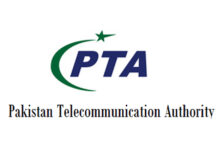
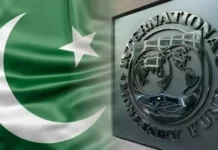
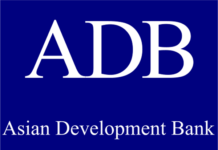












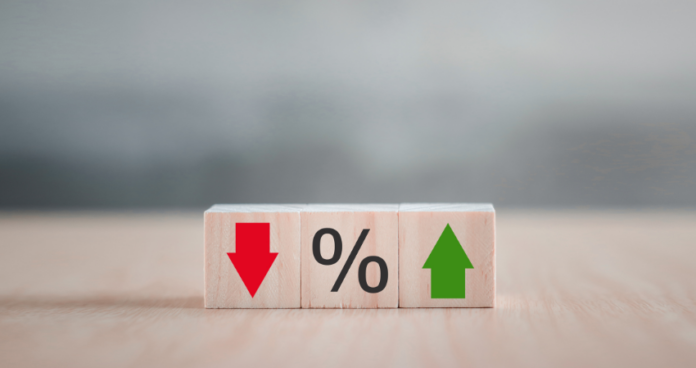
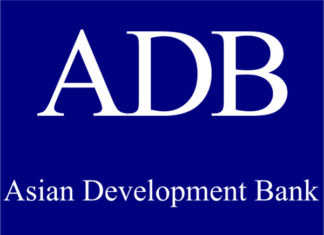



The monetary policy is no doubt a significant instrument for inflation targeting through its policy rate, however the economic managers of this country should not overlook the fact that it provides only short term temporary relief.